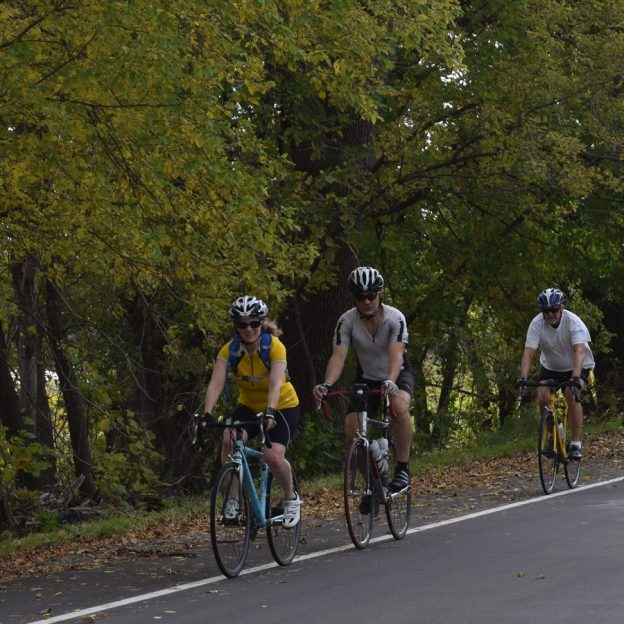Tag: road hazards
-

Bike Pic Sept 11, faithful co-pilot views the trail
This co-pilot is out for an extreme ride, shredding the trail and lov’n it!
-

Finding fun and fitness in fall bike riding through the colorful foliage
Now that the kids have gone back to school, the days are getting shorter, and temperatures begin to drop is the best time of year to ride your bike. From a trail perspective, the dirt becomes softer as the fall rolls in because of lower temperatures and increased rainfall. Additionally, riding off road in the…
-

Staying Safe by Assessing and Avoiding Road Hazards
Nothing spoils a great ride like a bad accident, but most accidents are avoidable. The easiest way to eliminate accidents is to assess road hazards in advance, and avoid them. Read on to learn about the most common road hazards and how to manage them.
